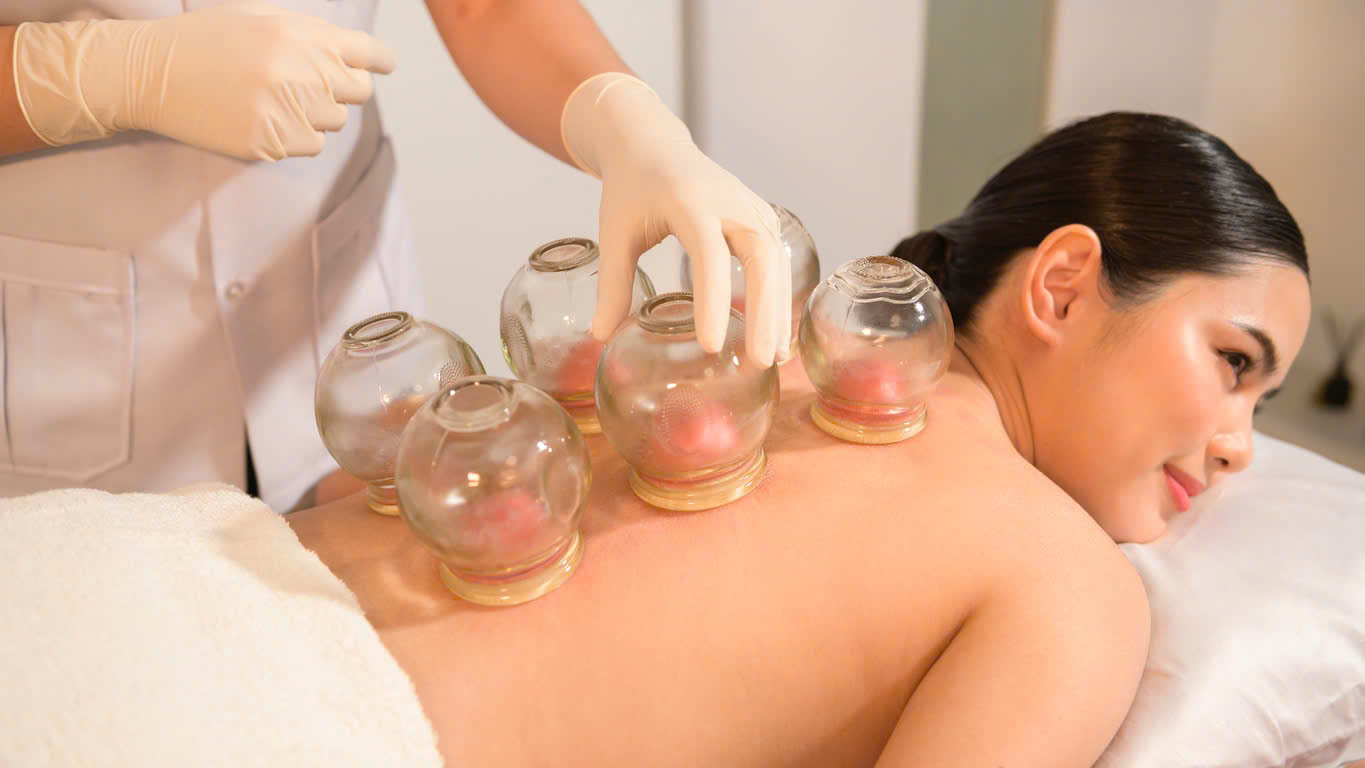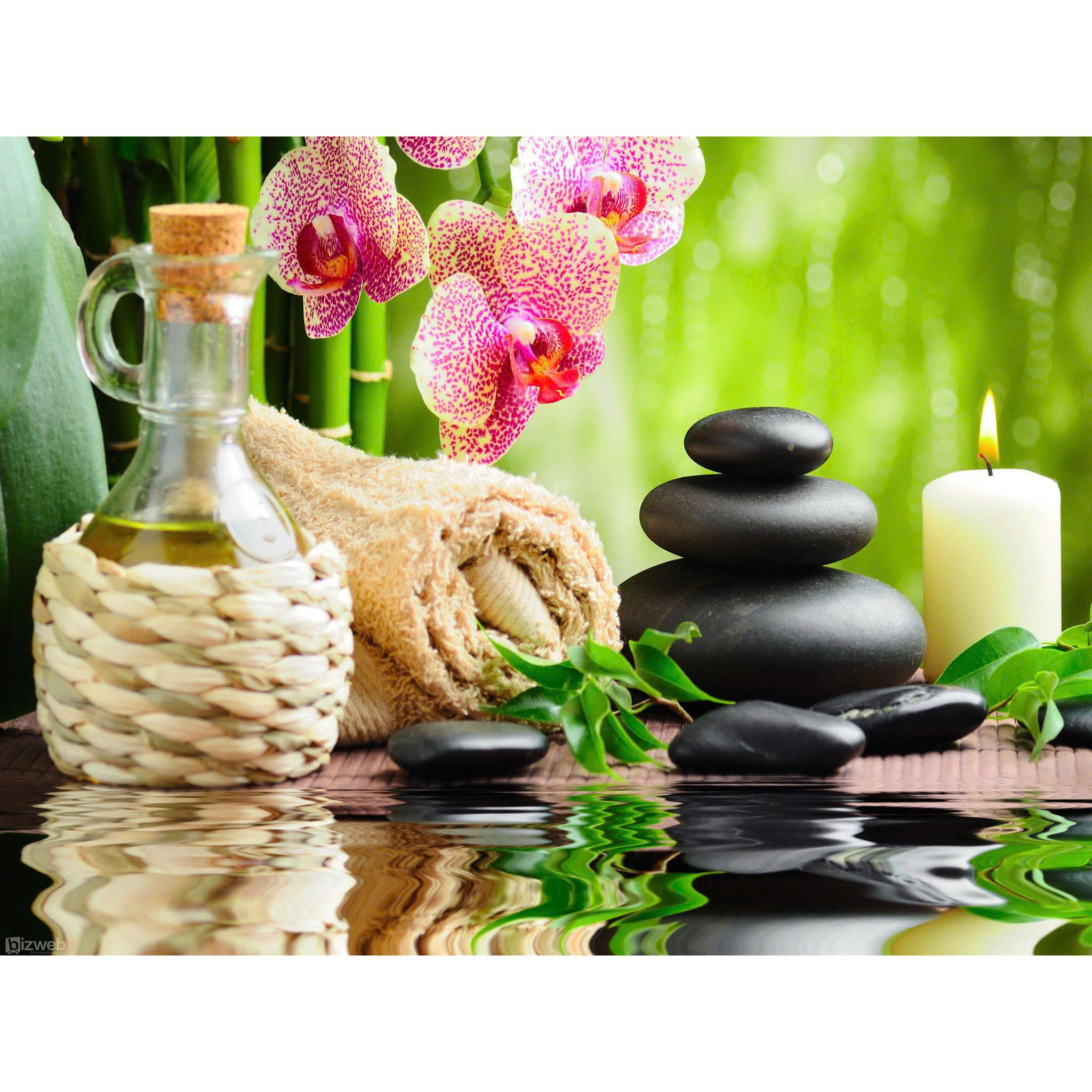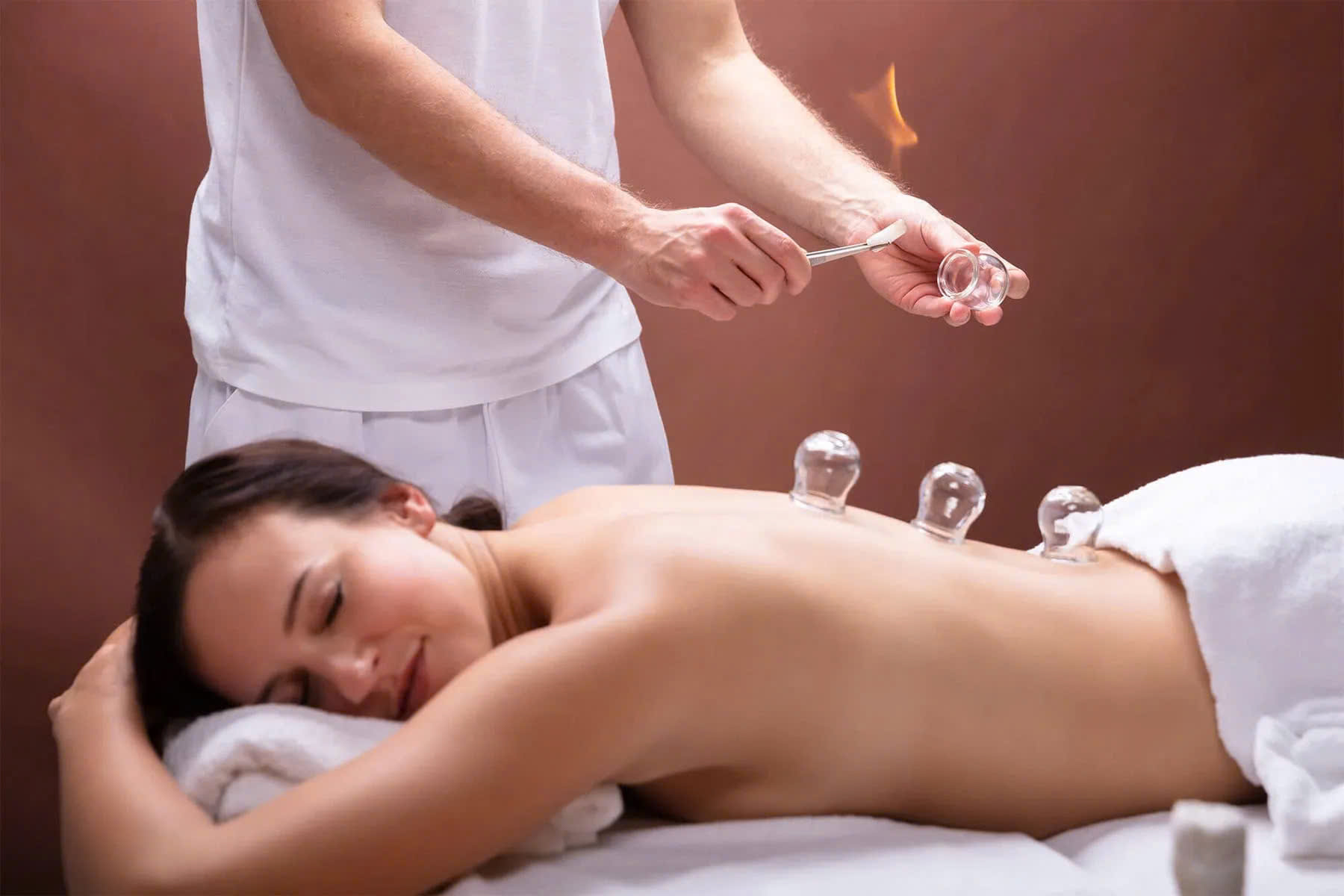Choosing Between Hot Stone Massage and Cupping Therapy treatment: Which Is Best?
When it comes to holistic wellness and alternative therapies, hot stone massage and cupping therapy treatment are two popular options that have gained widespread recognition. Both offer unique benefits for relaxation, pain relief, and overall health improvement. If you’re exploring these therapies, understanding what is hot stone massage and cupping therapy treatment, their differences, advantages, and which might be the best fit for your needs is essential. This comprehensive guide aims to answer all your questions about these therapies, helping you make an informed decision about which is the best massage for you.

Hot stone massage and cupping therapy treatment
Hot stone massage and cupping therapy treatment are ancient techniques rooted in traditional practices but adapted into modern holistic health routines. While they share the goal of promoting relaxation and healing, their methods, mechanisms, and outcomes differ significantly.
In this section, we’ll explore the origins, fundamental principles, and how each therapy works, setting a foundation for understanding what is hot stone massage and cupping therapy treatment.
Origins and historical background
The practice of using heat and suction in healing dates back thousands of years. Hot stone massage has its roots in ancient Chinese, Egyptian, and Native American cultures, where heated stones were used to facilitate muscle relaxation and energy flow. Similarly, cupping therapy originates from traditional Chinese medicine and Middle Eastern cultures, where cups made of glass, bamboo, or silicone created suction on the skin to stimulate blood flow.
The relevance of these therapies has persisted through centuries because of their observed benefits, leading to their integration into contemporary wellness regimes. Recognizing their origins helps us appreciate their traditional efficacy and evolving modern adaptations.
How each therapy is performed
Hot stone massage involves the placement of smooth, heated stones—typically basalt—that are either laid on specific points of the body or held in the practitioner’s hands during massage. The stones are heated in water to a consistent temperature, usually between 130°F and 145°F (54°C – 63°C). The warmth penetrates deep into muscles, easing tension and promoting circulation.
Cupping therapy treatment involves creating a vacuum inside cups placed on the skin surface. This suction lifts tissues, increases blood flow, and can loosen fascia and muscle adhesions. There are different types of cups—glass, silicone, or plastic—and various methods of application, including static cupping, moving cups, or fire cupping, which uses heat to create the suction.
Both therapies require skilled practitioners to ensure safety and maximize benefits. Proper technique and understanding body responses are crucial for effective treatment outcomes.
Main benefits and therapeutic effects
The primary aim of hot stone massage and cupping therapy treatment is to stimulate blood circulation, reduce muscle stiffness, and promote relaxation. They also help in alleviating stress, anxiety, and pain.
While both therapies can offer relief from chronic conditions like back pain, neck tension, and headaches, their mechanisms differ. Hot stones soothe by providing deep, penetrating heat, while cupping enhances blood flow through suction, creating a localized vasodilation effect. Additionally, cupping can assist with detoxification and immune support, whereas hot stone massage emphasizes thermal relaxation and muscular release.

What is hot stone massage and cupping therapy treatment
Understanding what is hot stone massage and cupping therapy treatment involves delving into their techniques, intended outcomes, and application scenarios. These therapies are often chosen based on individual preferences, specific health concerns, and desired results.
Definition and core principles
Hot stone massage is a form of massage therapy where heated stones are used as tools. The heat helps to relax muscles, increase blood flow, and enhance the massage’s overall effectiveness. It combines traditional massage strokes with the warmth of stones, resulting in profound relaxation and muscle relief.
Cupping therapy involves creating a vacuum or suction with cups applied on the skin. This suction draws blood to the area, promoting circulation and facilitating tissue healing. Cupping is often used to target specific problem areas or to generalize relaxation and detoxification.
These therapies operate on principles of thermotherapy and myofascial release, respectively, emphasizing the body’s innate ability to heal when properly stimulated.
Mechanisms of action
In hot stone massage, the heat penetrates deeply into muscles, reducing stiffness and spasms. The stones retain heat longer than manual hands alone, allowing sustained thermal treatment. This deep warmth can also improve lymphatic drainage and promote mental calmness.
Cupping therapy works through suction-induced vasodilation, which increases blood flow, loosens fascia, and stimulates nerve endings. The negative pressure dislodges cellular debris and promotes lymphatic drainage, aiding in the removal of toxins and reducing inflammation.
Both methods influence the nervous system—hot stones by calming parasympathetic responses and cupping via sensory stimulation—which contributes to their relaxation effects.
Typical use cases and indications
Hot stone massage is ideal for individuals experiencing muscle tension, stress, fibromyalgia, or chronic pain conditions. It’s particularly beneficial for those seeking a deeply relaxing experience that soothes tense muscles and reduces mental fatigue.
Cupping therapy is versatile, used for musculoskeletal pain, cellulite reduction, respiratory issues like asthma, and even gastrointestinal problems. Athletes frequently turn to cupping to accelerate recovery, while others may seek it for detoxification and immune boosting.
Selecting between hot stone massage and cupping therapy treatment depends on your specific health goals, comfort preferences, and any underlying medical conditions.

Hot stone massage and cupping therapy treatment what is the best massage for you
Choosing the optimal massage therapy hinges on personal needs, health conditions, and desired outcomes. In this segment, we analyze factors influencing selection and provide insights into which therapy aligns with different wellness objectives.
Assessing your health goals and needs hot stone massage and cupping therapy treatment
Before deciding, consider whether your priority is deep muscular relaxation, pain relief, detoxification, or mental calmness. For instance, if muscle tension and stress are predominant, hot stone massage might be more suitable due to its warming effects and soothing touch.
Conversely, if you’re looking to enhance circulation, reduce inflammation, or address specific ailments like respiratory issues, cupping therapy could be more effective owing to its suction-based approach.
Identify any existing medical conditions such as skin sensitivities, circulatory disorders, or allergies, as some therapies may require precautions or modifications.
Personal preferences and comfort levels hot stone massage and cupping therapy treatment
Comfort plays a vital role in choosing a therapy. Some individuals enjoy the warmth and tactile sensation of heated stones, while others might prefer the sensation of suction created by cups.
Hot stone massage offers a gentle, comforting experience that encourages deep relaxation, making it appealing to those who seek pampering and stress relief. It also requires minimal discomfort, generally being well-tolerated.
Cupping therapy can leave temporary marks or bruises, which might concern some clients. However, many find the invigorating sensation and sense of circulation boost satisfactory. It’s essential to communicate your comfort level and expectations with your therapist.
Contraindications and considerations hot stone massage and cupping therapy treatment
Certain health conditions warrant caution or avoidance of particular therapies. For example, hot stone massage might be unsuitable for individuals with skin infections, burns, or certain cardiovascular conditions, due to heat sensitivity.
Cupping therapy should be avoided by people with bleeding disorders, skin ulcers, or severe hypertension unless under medical supervision.
Consulting with licensed practitioners ensures personalized recommendations tailored to your health profile.

Combining therapies for enhanced benefits hot stone massage and cupping therapy treatment
Some clients opt for integrative approaches, combining hot stone massage and cupping therapy treatment to leverage the strengths of both. For example, beginning with cupping to stimulate circulation, followed by hot stone massage for thermal relaxation, can produce synergistic effects.
Discuss with your therapist the possibility of combining modalities to achieve comprehensive wellness, especially if you have complex or chronic health issues.
Benefits of hot stone massage and cupping therapy treatment
Both hot stone massage and cupping therapy treatment offer substantial health benefits, some overlapping and others unique to each modality. Understanding these advantages enables you to select the right therapy aligned with your health aspirations.
hot stone massage and cupping therapy treatment
Hot stone massage facilitates deep muscular relaxation, enhances blood flow, and relieves tension. It can alleviate chronic pain, reduce muscle spasms, and improve joint flexibility. The heat eases tight muscles, thereby improving range of motion and reducing stiffness.
Cupping therapy boosts circulation, promotes lymphatic drainage, and helps in breaking down adhesions within fascia. It’s effective in relieving musculoskeletal pain, reducing inflammation, and supporting detoxification processes.
Both therapies contribute to improved posture, reduced muscle soreness post-exercise, and faster recovery from injuries.
Mental and emotional health benefits hot stone massage and cupping therapy treatment
Stress reduction is a common outcome with both therapies. The soothing warmth of hot stones calms the nervous system, reducing cortisol levels and fostering mental tranquility. Similarly, cupping’s sensory stimulation can induce relaxation and alleviate anxiety.
Clients report increased mental clarity, better sleep quality, and an overall sense of well-being after sessions. The physical relaxation often spills over into emotional balance, highlighting their complementary roles in holistic health.
Specific health conditions addressed hot stone massage and cupping therapy treatment
- Muscle tension and pain: Both therapies are effective, with hot stones providing deeper heat penetration and cupping offering targeted blood flow increase.
- Stress and anxiety: The calming effects are well-documented, reducing mental fatigue.
- Detoxification: Cupping is particularly noted for its ability to facilitate toxin removal via lymphatic stimulation.
- Respiratory issues: Cupping can help loosen congestion and improve breathing.
- Sports recovery: Athletes favor cupping for quicker muscle repair, while hot stones prepare muscles pre-activity.
Long-term benefits and maintenance hot stone massage and cupping therapy treatment
Regular sessions of either therapy can lead to sustained improvements in flexibility, posture, and overall vitality. Incorporating these treatments into routine wellness programs supports ongoing health and stress management.
What is difference between hot stone massage and cupping therapy treatment
While both hot stone massage and cupping therapy treatment are valuable forms of alternative therapy, they differ significantly in their techniques, sensations, applications, and physiological effects. Understanding these distinctions assists clients in making an informed choice.
Technique and application hot stone massage and cupping therapy treatment
Hot stone massage involves the use of heated stones that are either placed on the body or used as tools during massage strokes. It combines manual manipulation with thermal therapy, delivering continuous warmth to muscles.
Cupping, on the other hand, employs cups with suction created either mechanically or via heat (fire cupping). The cups are fixed or moved across the skin, generating negative pressure that lifts tissues and increases blood flow locally.
Sensation and immediate effects hot stone massage and cupping therapy treatment
The sensation of hot stone massage is typically warm, smooth, and soothing. It induces a deep sense of relaxation, alleviating tension gradually. The experience is often described as comforting and meditative.
Cupping produces a sensation of pulling or suction, which can feel invigorating or intense depending on the strength of suction. It may sometimes cause bruising or red marks, which are harmless but visually noticeable.
Duration and depth of impact
Hot stone massage provides ongoing thermal effects during the session, with warmth penetrating deep into muscles for extended periods. Its impact is primarily relaxation and muscular relief.
Cupping creates more localized effects, with rapid changes in blood flow and tissue mobilization. The effects can last several days, especially in terms of circulation and detoxification.
Contraindications and safety considerations hot stone massage and cupping therapy treatment
Hot stone massage requires careful temperature control to prevent burns or skin irritation and may be contraindicated in certain skin conditions or circulatory disorders.
Cupping should avoid broken skin, varicose veins, or bleeding tendencies. Although generally safe under professional supervision, improper application can cause discomfort or adverse reactions.
## Conclusion
Both hot stone massage and cupping therapy treatment are powerful holistic tools with distinct mechanisms and benefits. Hot stone massage excels in providing deep thermal relaxation, easing muscle tension, and calming the nervous system. Cupping therapy uniquely stimulates circulation, aids detoxification, and addresses specific health concerns through suction. Your choice between these therapies should depend on your individual health goals, preferences, and any medical considerations. Integrating both can also offer comprehensive wellness benefits, harnessing the best of thermal and suction therapies. Ultimately, consulting with qualified practitioners will help determine what is hot stone massage and cupping therapy treatment best suited for your personal needs, ensuring safe and effective healing experiences.https://www.facebook.com/people/Jobe-Spa/pfbid0jUgVHD5gRTSj87n26qdNGKUQXnACX85QXsVjWnCDM1q2EHmGYkpsMz75csoCtg9kl/
Conclusion
Deciding between hot stone massage and cupping therapy treatment involves understanding their unique techniques, benefits, and applications. Hot stone massage offers profound relaxation through deep heat penetration, making it ideal for stress relief and muscle tension. Cupping therapy, with its suction and tissue mobilization capabilities, excels in enhancing circulation, detoxification, and addressing specific ailments. Both therapies complement each other and can be combined for holistic health enhancement. To choose what is hot stone massage and cupping therapy treatment that fits your needs, consider your health conditions, comfort preferences, and wellness objectives. Consulting experienced practitioners ensures personalized guidance, maximizing benefits while ensuring safety. Whether you seek relaxation, pain relief, or detoxification, exploring these therapies can significantly contribute to your journey toward better health and well-being.https://jobedubaispa.com/thai-massage-and-thai-herbal-compress-massage/
